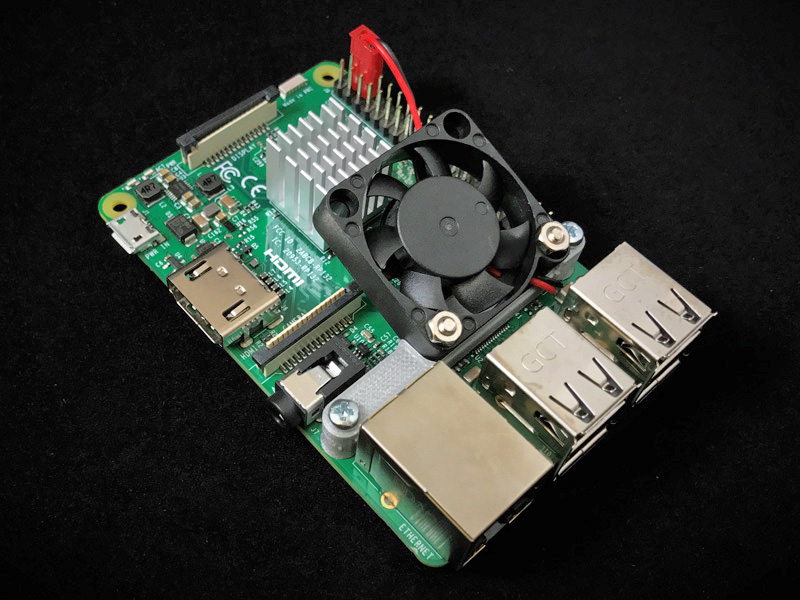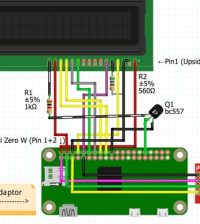- How to Adjust X and Y Axis Scale in Arduino Serial Plotter (No Extra Software Needed)Posted 7 months ago
- Elettronici Entusiasti: Inspiring Makers at Maker Faire Rome 2024Posted 7 months ago
- makeITcircular 2024 content launched – Part of Maker Faire Rome 2024Posted 9 months ago
- Application For Maker Faire Rome 2024: Deadline June 20thPosted 11 months ago
- Building a 3D Digital Clock with ArduinoPosted 1 year ago
- Creating a controller for Minecraft with realistic body movements using ArduinoPosted 1 year ago
- Snowflake with ArduinoPosted 1 year ago
- Holographic Christmas TreePosted 1 year ago
- Segstick: Build Your Own Self-Balancing Vehicle in Just 2 Days with ArduinoPosted 1 year ago
- ZSWatch: An Open-Source Smartwatch Project Based on the Zephyr Operating SystemPosted 1 year ago
Microsoft’s Active Cooling Solution for Your Raspberry Pi 3

When you think about your next project, there’s always something you’d like to improve. Maybe cpu’s performance could be what you are looking for.
Microsoft comes to the aid of improving performance with this active cooling system.
Testing the Raspberry Pi 3 running idle and after a few minutes of running a compute-intensive AI model, they noticed that Raspberry Pi 3 tends to overheat when pushed to its limits. When the processor’s internal temperature approaches 85 degrees Celsius, it protects itself by clocking down or shutting down completely, and the performance of their AI models takes a hit.
All you need to build an effective active cooling solution for the Raspberry Pi 3 is:
• Adafruit Aluminum Heat Sink for Raspberry Pi 3 – 15 x 15 x 15mm
• Adafruit Miniature 5V Cooling Fan for Raspberry Pi, or equivalent 5V 0.2A DC brushless fan, 30mm x 30mm, with mounting holes spaced 24mm apart.
• Pi 3 Fan Mount. You need to 3D print this part.
• Two M2.5 x 12 pan head machine screws and nuts, to attach the fan mount to the circuit board.

In this tutorial, they mounted the cooling system on the Raspberry Pi 7” Touchscreen Display. The results aren’t pretty, visually, as the shot at the top of this story shows. But Microsoft added the fan after heat sinks alone failed to drain away much heat, as the graph below shows.
















